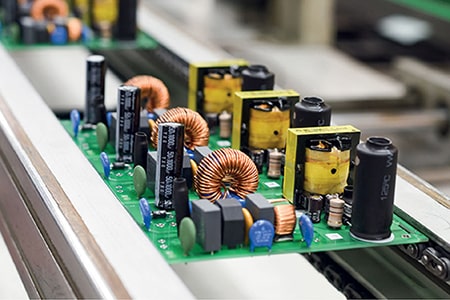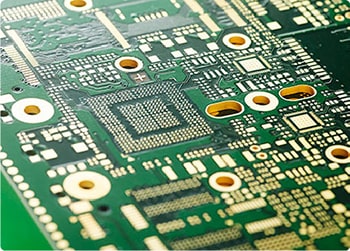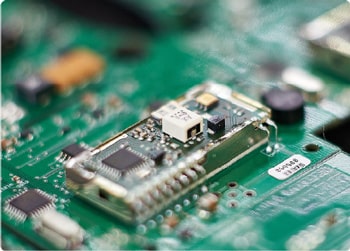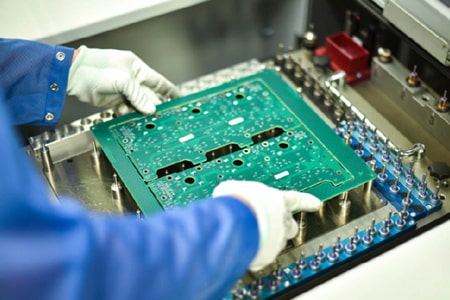How long does PCBA testing take? A comprehensive analysis of the testing process and time factors
What is PCBA testing?PCBA (Printed Circuit Board Assembly) testing refers to a series of testing processes performed to ensure product quality and normal function after the components are assembled on the circuit board. This is a critical link in the manufacture of electronic products and directly affects the reliability and performance of the final product.
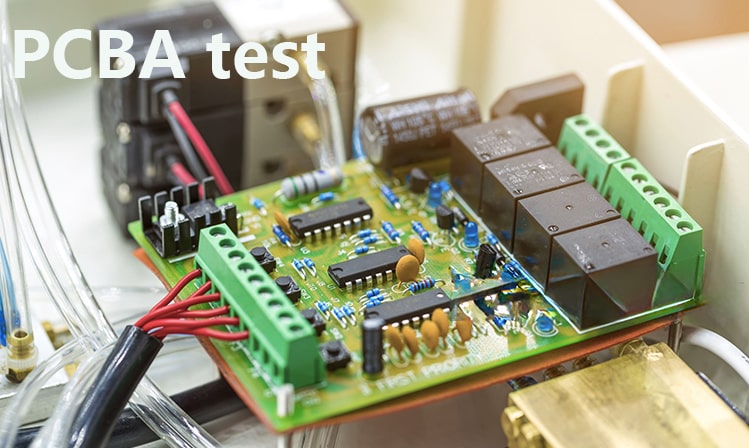
Main types of PCBA testing
1. In-Circuit Test (ICT)
ICT testing is usually performed early in the assembly process, using a bed of nails fixture to independently test each component on the circuit board. This test can detect:
Whether the components are installed correctly
Whether the component values meet the specifications
Whether there are short circuits or open circuits
Time estimate: A simple single-sided ICT test may only take 15-30 seconds, and a complex multi-layer board may take 2-5 minutes.
2. Functional Circuit Test (FCT)
FCT simulates the actual working environment of the product to verify whether the entire assembled board can work properly as designed. This is the test closest to the actual usage scenario.
Time estimate: Depending on the complexity of the product, it may take 30 seconds to 2 minutes for simple products, and 10-30 minutes or even longer for complex systems (such as server motherboards).
3. Automated Optical Inspection (AOI)
AOI uses high-resolution cameras to check the soldering quality and component placement accuracy of PCBAs.
Time estimate: Usually faster, about 10-45 seconds per board, depending on the number of inspection points.
4. X-ray Inspection (AXI)
Used to check hidden solder joints, such as BGA (ball grid array) package components.
Time estimate: About 30 seconds to 3 minutes per block, complex BGA inspection may take longer.
5. Boundary Scan Test
Mainly used to test the connectivity of digital circuits and integrated circuits.
Time estimate: Usually faster, about 15 seconds to 2 minutes.
Factors affecting PCBA test time
Board complexity: The more components and the higher the density, the longer the test time
Test coverage requirements: 100% testing takes longer than sampling testing
Test equipment speed: High-end automated equipment is much faster than manual testing
Product maturity: New products usually take longer to test than mature products
Failure rate: High failure rate leads to more retesting and debugging time
Test program optimization: Well-optimized test programs can significantly reduce time
Typical PCBA test time range
| Product type Average | test time
| Remarks
|
Simple consumer electronics
| 30 seconds-3 minutes
| Such as remote controls, simple power boards
|
| Medium complexity products | 2-10 minutes | Such as routers, smart home devices |
| High complexity products | 10-60 minutes | Such as server motherboards, industrial controllers |
| Automotive electronics | 5-30 minutes | Usually require 100% testing and strict standards |
| Medical equipment | 10-45 minutes | Strict reliability standards must be met |
How to optimize PCBA test time
Parallel testing: Design test fixtures to allow multiple areas to be tested simultaneously
Test program optimization: Eliminate redundant steps and optimize test sequence
Automation: Use automated test equipment to reduce manual intervention
Preventive maintenance: Regularly maintain test equipment to reduce downtime
Data analysis: Analyze test data to find common failure points and improve processes
Modular testing: Decompose complex tests into small modules that can be parallelized
Relationship between test time and cost
PCBA test time directly affects production costs:
Faster test speed means higher production capacity and lower labor costs
But too fast testing may sacrifice test coverage and lead to quality problems
A balance needs to be found between test speed and test quality
Experience shows that although investing in efficient test equipment has high initial costs, it can reduce total production costs in the long run.
Future Trends: Shortened Test Time
With technological advances, PCBA testing is moving towards a faster and smarter direction:
AI-assisted testing: machine learning algorithms optimize test processes and predict potential failures
High-speed test equipment: the speed of new-generation test equipment continues to increase
Cloud testing platform: remote testing and data analysis reduce local processing time
Predictive testing: predict problems through process data analysis and reduce the actual testing burden
PCBA test time ranges from a few seconds to an hour, depending on product type, test requirements and equipment level. Manufacturers need to find the best balance between test
coverage, test time and cost. With the continuous development of testing technology, we are expected to see faster and more reliable PCBA test solutions in the future, further
hortening product time to market while ensuring product quality.
For specific products, the best test plan and time should be consulted with professional test engineers and customized according to product characteristics and quality requirements.

